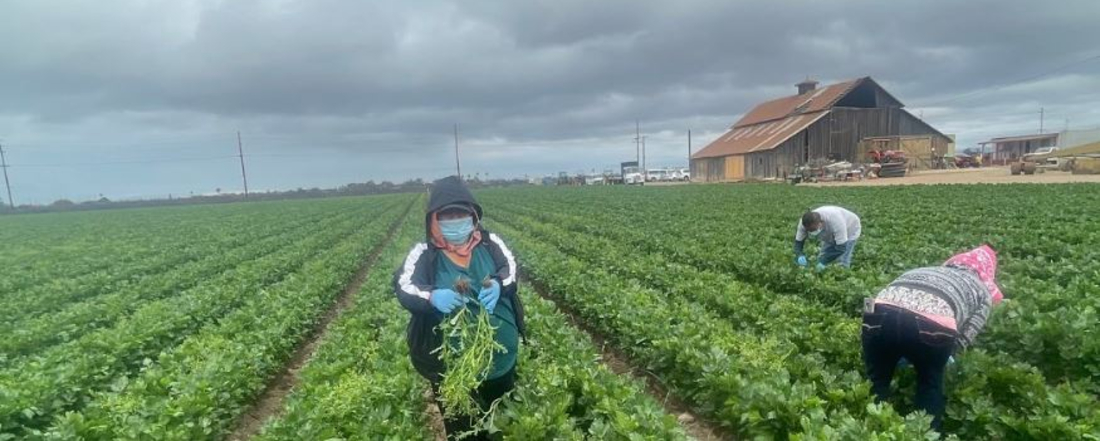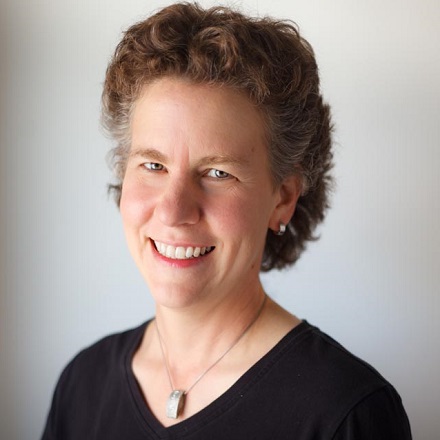
In the News
County Launches Alert System to Warn Farmworkers of Dangerous Wildfire Smoke
-
Focus Areas
Chronic Disease Prevention, Environmental Health, Healthy Communities -
Issues
Rural Health, Wildfires & Extreme Heat -
Expertise
Health Education & Promotion -
Programs
Achieving Resilient Communities (ARC)

The Ventura County Air Pollution Control District launched an alert system this week to warn farmworkers when the air becomes unhealthy because of wildfire smoke.
The alert system, believed to be the first of its kind, would send text notifications in Spanish and English to farmworkers and field supervisors when the level of pollution reaches 151 on the federal air quality index, said Laki Tisopulos, the county’s air pollution control officer.
The Environmental Protection Agency index runs from 0 to 500. As the number goes up, so does the air pollution and health risk. The agency classifies 151 to 200 as “unhealthy” for the general public, a level that triggers state regulations requiring employers to provide protective gear for outdoor workers.
Farmworkers are among the most exposed to dangerous smoke conditions during a wildfire, said Lucas Zucker, policy and communications director at CAUSE.
Public health officials recommend people avoid even a short walk to a store when air quality becomes unhealthy. But the tens of thousands of farmworkers in the county must do heavy manual labor outdoors in those conditions, he said.
As the huge Thomas and Woosley fires burned in 2017 and 2018, CAUSE and the Mixteco/Indígena Community Organizing Project handed out thousands of the snug-fitting N95 masks to farmworkers in the fields without protective gear.
But those efforts weren’t a systemic solution, Zucker said. The new regulations requiring employers to provide the masks helped but only if those working in the fields would know when the air quality crossed the established threshold.
Bandanas, cloth masks and surgical masks – like those worn to protect against COVID-19 – don’t offer much protection against wildfire smoke, according to Dr. Gina Solomon, a physician and scientist at the Public Health Institute in Oakland.
Tiny particles sneak around or through them, making it tough to get much protection from anything short of a N95 mask, she said.

When people are outside exerting themselves or working hard, they actually get a pretty big dose of particles into their lungs.Gina Solomon
Former director of PHI’s Achieving Resilient Communities (ARC) and PHI’s Science for Toxic Exposure Prevention
Click below to read the full story in the Ventura County Star
Originally published by Ventura County Star
More Updates
Work With Us
You change the world. We do the rest. Explore fiscal sponsorship at PHI.
Support Us
Together, we can accelerate our response to public health’s most critical issues.
Find Employment
Begin your career at the Public Health Institute.



